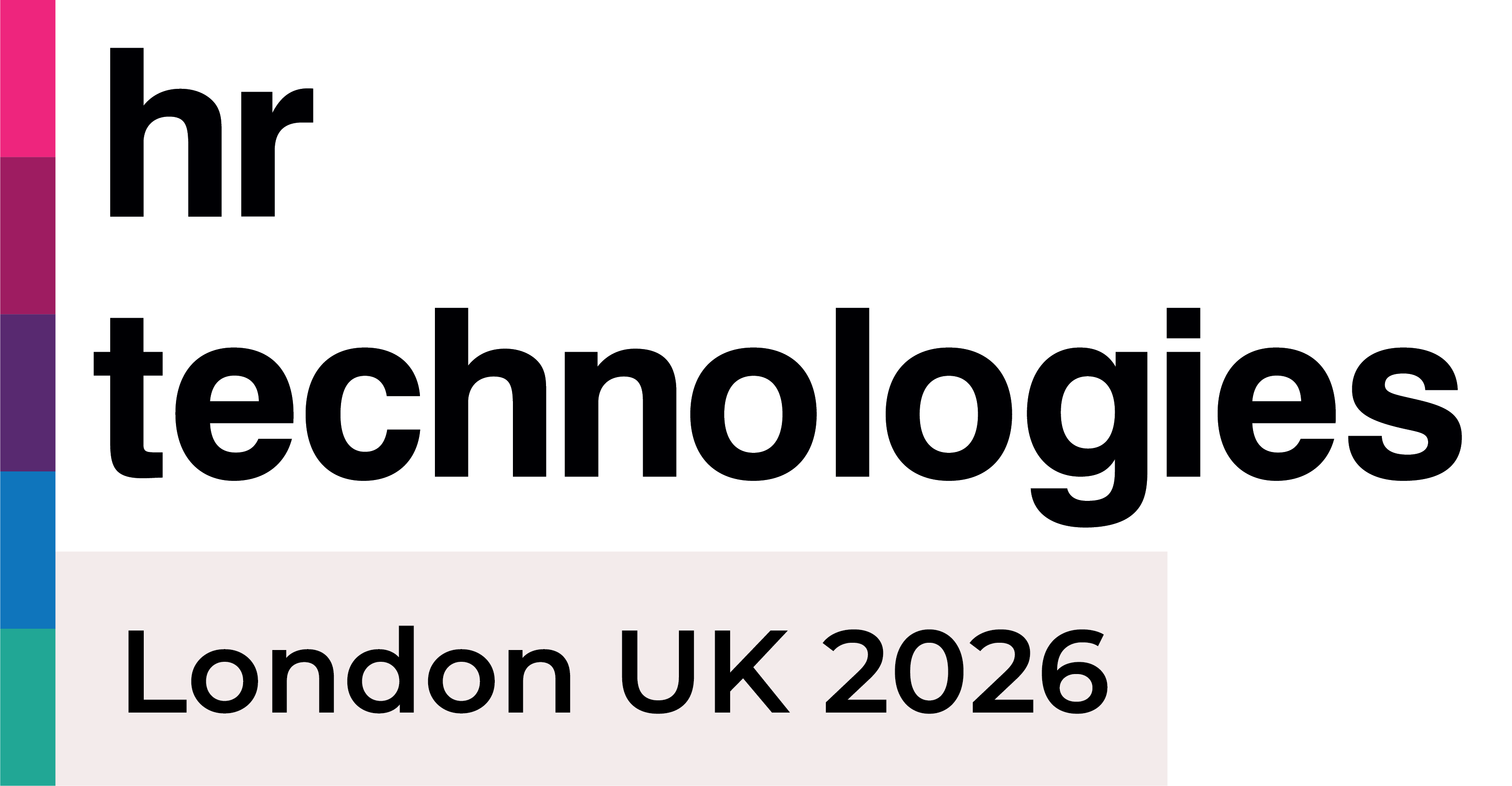The Panopticon Opt-Out: The Tricky Balance of Employee Surveillance

One of the first hurdles encountered by managers faced with a remote workforce is the inability to keep an eye on what their team is doing – that’s if they’re doing anything at all, of course. It would be lovely if we could all just trust that everyone will do their best work all the time, even when no one’s looking. While this may be the case for many workers, the awkward truth is that there are a select few that take a lack of supervision and equate it with a lack of accountability.
That’s where employee surveillance, or monitoring, comes in.
It is, frankly, an unfortunate name. ‘Surveillance’ conjures up images of CCTV cameras planted on the walls of employees’ living rooms, sending alarm bells blaring if they take thirty seconds to reply to a text from their mum. Of course, that’s not what all these systems look like, so in this article we dive into the options available to managers. This way, you can be sure to find a happy middle between prison guard and patsy.
Why the Obvious Isn’t the Way to Go
There are plenty of ways to monitor employee activity directly. This ranges from keystroke and mouse mapping all the way to live screen capture once every five minutes. While these are very efficient ways to know exactly what employees are doing at any given moment, they have pretty steep downsides.
First is data security. If all an employee’s keystrokes are being logged and kept in a server, how can businesses be certain that someone won’t access said server and take personal information such as passwords, medical information or even private conversations? Your business’s security measures would have to be top-notch to avoid this.
The second downside is the effect monitoring like this has on the employees being monitored. In an article by the Washington Post, employees under such systems reported increased stress and anxiety, with one going as far as to describe the practice as “demoralising” thanks to the feeling of a lack of trust.
So, there have to be better ways to know what your staff is doing without hovering over them every minute of the day, right?
Look at Output, Not Input
The way we’re wired to think about work is still attached to the office. We consider the hours spent hunched over our desk to correlate directly with the amount of work done. So, when we largely moved to remote work at the start of the pandemic, managers wanted a way to see that employees were spending similar amounts of time in front of their computer screens.
The issue, of course, is that if a person feels that each minute of their time is being watched, it can lead to a sour taste in their mouth and a feeling of distrust. It’s one thing if your manager picks up on you being five minutes late to work. It’s quite another to get a ping to ask why your mouse hasn’t moved in two minutes.
Instead of looking at how much time is spent working, assess how much work is being done by how much work gets done. By assessing the output of your employees rather than their input, it gives them the agency to find the way they work best.
And, a small note – if an employee finishes their work ahead of schedule, try not to reward them by just immediately giving them more work to do. It may seem like a natural thought, but it actually incentivises your staff to slow down their working speed so as to avoid the extra tasks. You don’t have to send them home early, of course, but perhaps give them an extra half hour break to spend how they please before moving on to the next task.
Setting Small, Regular Goals
Think of this, almost, as a daily or weekly task list. But, instead of all the tasks employees have to get done, list some soft targets. This could be numbers of sales prospects called, marketing-qualified leads generated, whatever is relevant. The important things are the achievability of the goal and the ability to track it.
There are plenty of brilliant tech solutions centred around goals, letting you set timelines and checkpoints while organising smaller tasks into larger projects. Some even celebrate with you when you complete a goal!
Using these solutions helps you to see the progress employees are making towards their goals, without making them feel like they aren’t trusted to reach them.
If you can offer some small reward for attaining these goals – even if it’s just a voucher for a coffee – that will go a long way, too!
Be Transparent, and Give Wiggle Room
If you do decide to use direct monitoring, such as for roles that may have no clear output to measure, the most vital thing is to ensure your employees know exactly what is being monitored and when. This transparency between you and your employees will help to maintain the trust that may be damaged by the practice.
Secondly, a huge portion of the stress experienced by surveilled employees is caused by the feeling that a slight misstep will send a red flag to their manager. They must be “always on,” or face disciplinary measures. Instead, introduce some slack to the monitoring. For example, instead of monitoring every app used in the workday, take a look instead at the top 5. This allows for a quick check of social media in case something important happens, without fear of it being flagged to management.
Conclusion
Introducing systems of surveillance in a remote environment is always going to be difficult. It’s never as subtle as taking a quick glance over the office to see if everyone’s still at their desks.
The most important things to remember are:
- Less is more. Monitor as much as you need to know what’s going on, but do your best not to go further.
- Everyone works differently. For some to be at their best, they need to take a short break now and then. Others can keep their head down for 8 hours without losing focus. Allow for these differences.
- Keep trust in the front of your mind. If you worry that your monitoring systems are taking away that trust, think about how you can get it back, e.g., feedback from your staff.
Ultimately, it’s a shame that employees have to be monitored at all. But, knowing that it’s only the few that would take advantage of a lack of surveillance, try not to punish the many for it.
At HR Technologies, we'll be hosting a plenitude of employee monitoring & engagement businesses. Come along to find out what solution will work best for your staff!

)

)

)
)

)
)
)
)
)
)
)
)
)
)
)
)